Hummingbird Moth
cinderellas_passion
17 years ago
Featured Answer
Comments (9)
cinderellas_passion
17 years agojuanital
17 years agoRelated Discussions
Bee Balm with hummingbird moth
Comments (7)Great shots! Sure startled me the first time I saw one a few years ago sipping nectar from a lily not long after I got my first digital camera. Now when I see them, I just watch and enjoy. They've been on my meadow sage and mallow this year so far but even with camera in hand, they moved too quick for me to catch a clear shot. I WS monarda/bee balm last year so I'll have to keep a close eye out for those little guys....See MoreHummingbird Moths
Comments (8)And please don't forget nectar plants. I enjoy visits of both types of Hummingbird moth most of the summer. I don't have their host plants but they nectar each day on various blooming plants. They especially enjoy Butterfly Bush, Lantana and Verbena bonairiensis here in my area. Usually grown as an annual, the Verbena bonairiensis roots overwinter here and begin to put out new growth very early in the spring, so I have blooms of this plant quite early. All the butterflies, moths and bee's love these little blooms. Mary hummingbird moth feeding on the bloom of Verbena bonairiensis...See MoreHummingbirds? or Hummingbird Moths?
Comments (5)We've had those moths here for years and we enjoy watching them. They're not as friendly as the hummers but never have caused any problems. The hummingbirds are usually here in spring when the flowering crabs bloom, then they're gone and return at hosta blooming time. I had to leave the feeders out for them for a couple weeks and one would stop a couple times and move on, but now they've really started frequenting them heavily. Like you, I also had just wasps and butterflies sitting on them. Now the syrup goes down visibly every day. They must be hungry little devils too because they're even trying to get nectar out of the little clear bulbs on the lights on the bushes around my deck and they buzz around my head checking me out. This is the first time I've had enough of them around me that aren't shy and they sit in the branches of my curly willow and chirp, and they sit long enough I can get a good look at them and see some of them are browner in color, and some have bright metallic green backs. Friendly little things....See MoreHummingbird moth's special visit today
Comments (10)There are numerous critters that will eat insect eggs, including ladybugs and other caterpillars. A very small percentage of eggs will make it all the way to adulthood, sadly. To answer your question, the eggs are adhered pretty tightly to the leaf and are not likely to fall off. When the tiny caterpillars hatch, they often feed on the remains of their eggs before starting on the foliage of their host plant. The larva will eat and grow, eat and grow some more until it reaches its full size.....and then drop to the ground to pupate....See Moretussiemussies
11 years agogran5
9 years agomicasasucasa
9 years agohostatakeover swMO
9 years agojuanital
2 years agonicole___
2 years ago
Related Stories
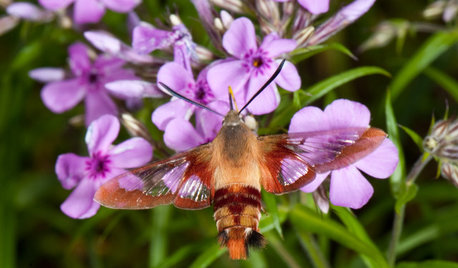
GARDENING GUIDESHummingbird or Moth? See Why You Want Clearwings Around
These fascinating moths may be helpful pollinators for your garden. Here’s how to coax them your way
Full Story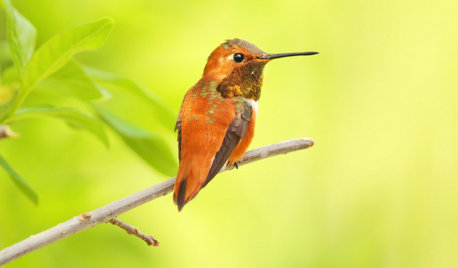
GARDENING GUIDESBackyard Birds: Invite Entertaining Hummingbirds Into Your Garden
Hummingbirds — unique to the Americas — zip through open landscapes seasonally or year-round. Here’s how to attract them
Full Story
GARDENING GUIDESAttract Hummingbirds and Bees With These Beautiful Summer Flowers
Roll out a welcome mat for pollinators to keep your landscape in balance and thriving
Full Story
EARTH DAYCreate a Container Wildlife Habitat for Hummingbirds and Butterflies
Don’t let limited space prevent you from welcoming wildlife into your garden
Full Story
GARDENING GUIDESCentral Plains Gardener's June Checklist
The flowers are coming! The flowers are coming! And so are the butterflies, hummingbird moths and coneflower diseases
Full Story0
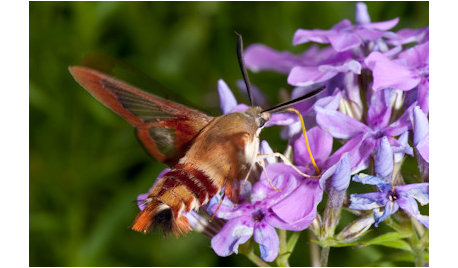
GARDENING GUIDESGreat Design Plant: Prairie Phlox Draws Winged Beauties
Beauty and a sweet fragrance are just the beginning with this spring bloomer. Watch the butterflies and moths descend on it for nectar
Full Story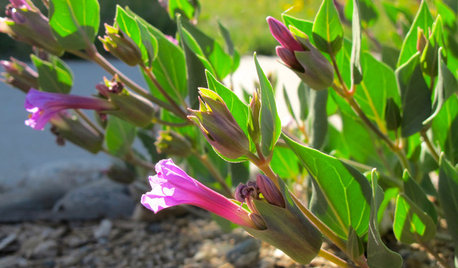
FLOWERS AND PLANTSMirabilis Multiflora Brings a Burst of Magenta to Dry Gardens
Plant this high desert native for its copious blooms, mounding habit and appeal to hummingbirds
Full Story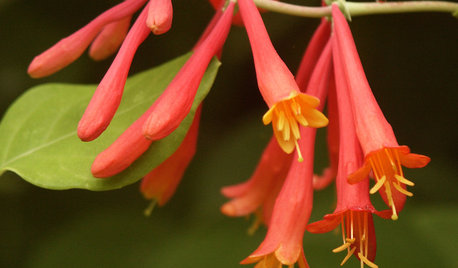
GARDENING GUIDESGreat Design Plant: Lonicera Sempervirens
Grow this long-blooming, flashy flowering vine to cover a fence or arbor and attract hordes of hummingbirds all season long
Full Story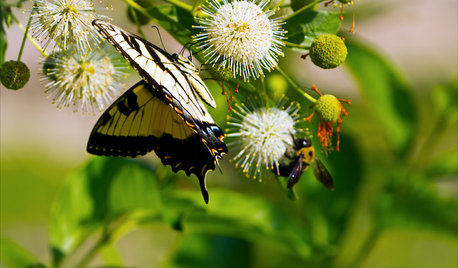
GARDENING GUIDESGreat Design Plant: Cephalanthus Occidentalis
Buttonbush is an adaptable woody shrub with delightful pincushion flowers
Full Story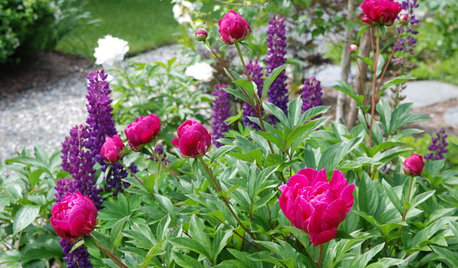
REGIONAL GARDEN GUIDESDelight in Summer’s Garden Glories — Here’s What to Do in June
Wherever you live in the United States, these guides can help you make the most of your summer garden
Full StoryMore Discussions
,
0



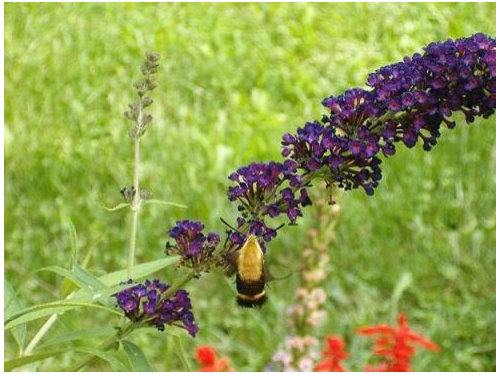
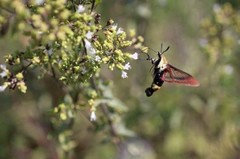
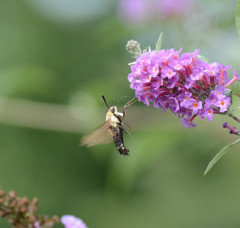
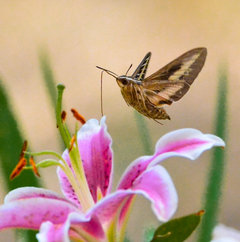
gazania_gw